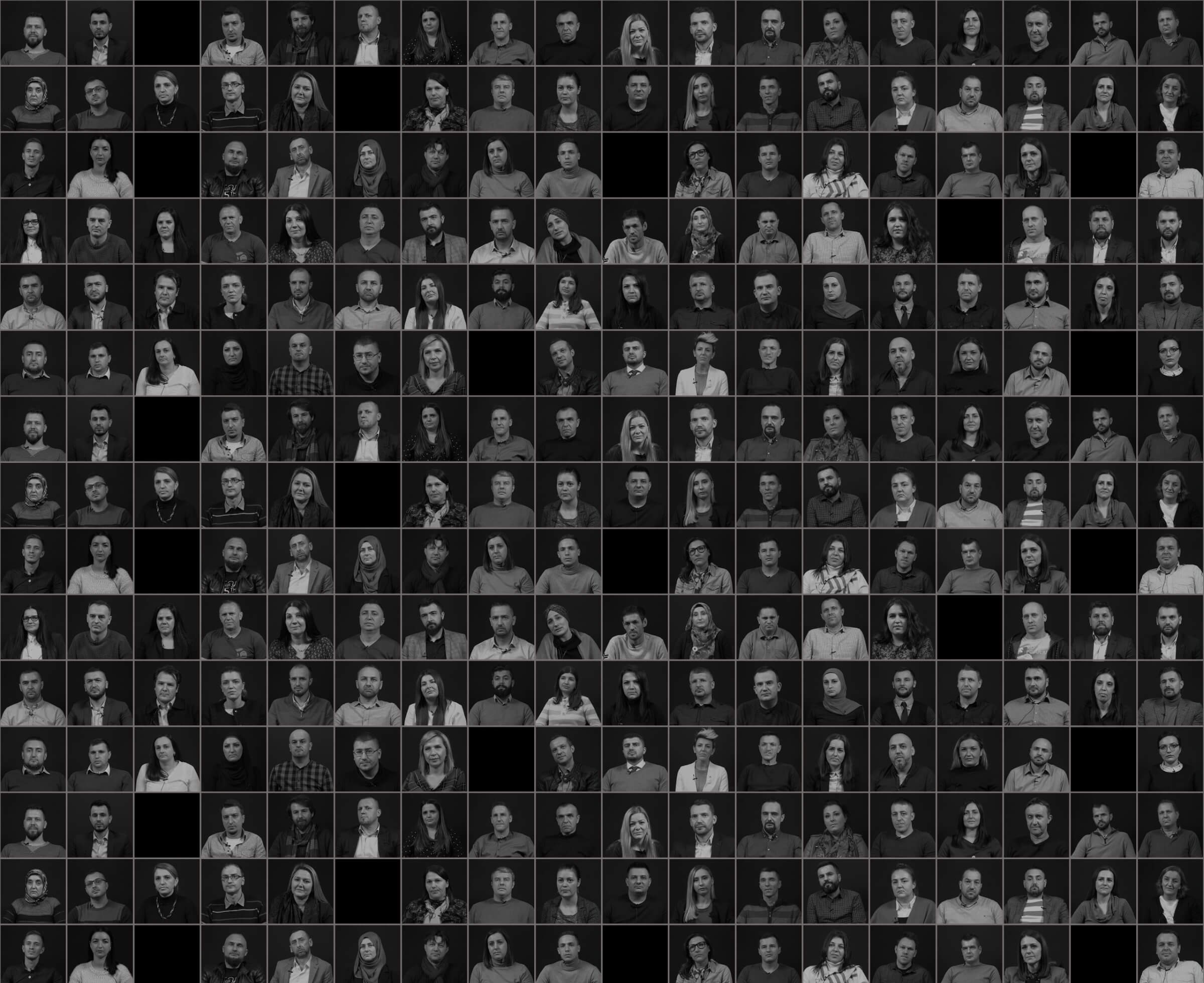To mark 30 years since the Srebrenica genocide, the War Childhood Museum is releasing a short documentary video featuring testimonies of five individuals who were children at the time of the genocide.
The video is based on the “Children and Genocide” collection, developed in collaboration between the War Childhood Museum and the Srebrenica Memorial Center. As part of this project, researchers used the Museum’s methodology to interview 100 survivors and record 74 hours of video material, resulting in 1,200 pages of transcripts—testimonies about the genocide in Srebrenica. This collection represents the first and only systematic effort to document the Srebrenica genocide from the perspective of children. Due to its scope, it stands as a foundational and historic contribution to the understanding of the genocide.
Through emotional and authentic testimonies, this short documentary video gives a voice to those often overlooked in narratives about the genocide—children. Their stories speak of trauma, loss, and resilience, calling for collective remembrance and responsibility.
In addition to video testimonies, the War Childhood Museum has documented a collection of personal belongings of individuals who survived the Srebrenica genocide as children. These items are a permanent part of the Museum’s core exhibition and all of its traveling exhibitions. In July 2025, some of them are on display at the Museum’s permanent exhibition in Sarajevo, while others are featured in a traveling exhibition at the Swedish National Museum of Aviation in Linköping. Over the years, more than 350,000 people have seen these exhibits at the War Childhood Museum’s exhibitions across locations from Bosnia and Herzegovina to South Korea. The Museum also presented this collection through a major digital campaign with the Dutch platform Humans of Amsterdam, which reached over 11 million people in July 2020.
The War Childhood Museum’s collection was also referenced by the Museum’s founder, Jasminko Halilović, in an op-ed for the renowned magazine Politico, published ahead of the vote on the UN resolution on the remembrance of the Srebrenica genocide. In the article, Halilović writes that “the voices from the War Childhood Museum’s collection remind us that ending genocide denial is not only our moral duty, but also a prerequisite for a peaceful future.”
The War Childhood Museum will continue to use its collection on the Srebrenica genocide from the perspective of children, in collaboration with international partners, to educate audiences and students around the world.





